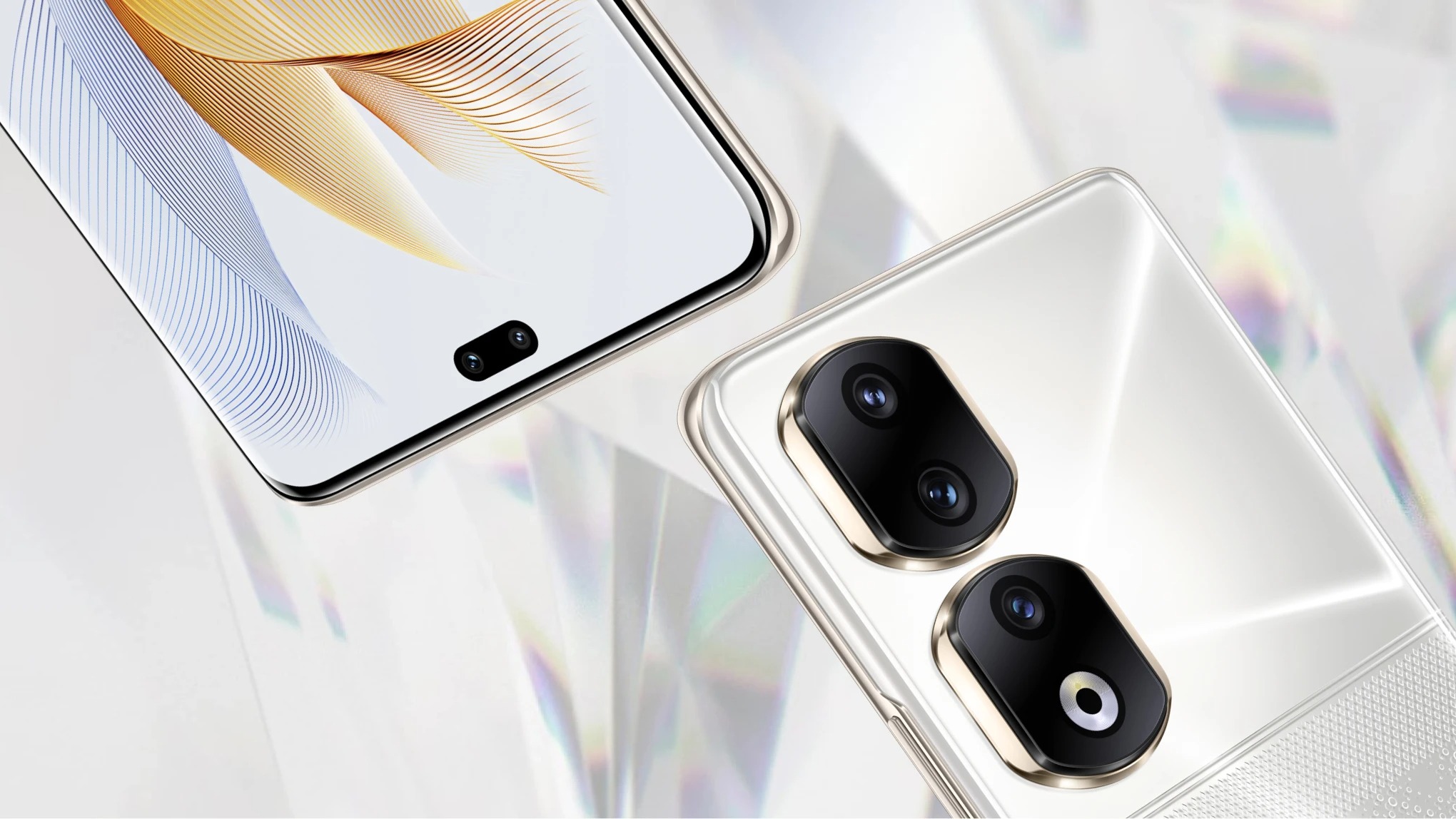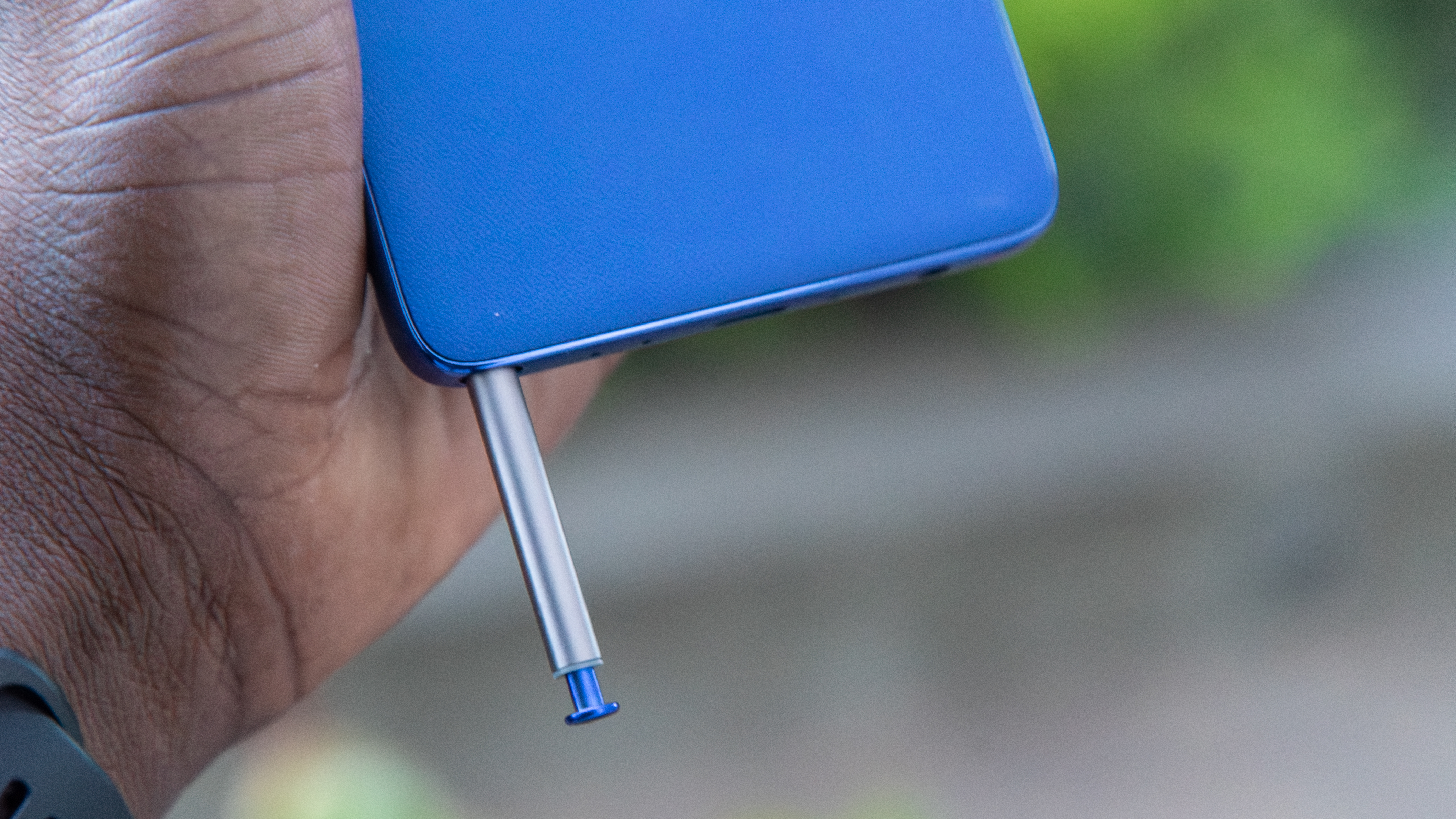The Honor 90 and Magic 5 Pro displays are much better for your eyes
The dynamic dimming, circadian night display mode, and a 3840Hz "zero-flicker" display contribute to achieving less eye strain.

What you need to know
- Honor 90 series utilizes a 3840Hz PWM "flicker-free" display.
- The display is further backed by other eye-comfort solutions.
- All of them combined were put to the test by a professor at UCL.
- The result concluded that the Honor 90 display causes lesser eye strain than the competition's display models.
Honor released a new video featuring the company's eye-comfort solutions equipped in its Magic 5 Pro and the Honor 90 smartphones, which recently launched globally.
The video involves Dr. Glen Jeffery, Professor of Neuroscience at University College London (UCL), who has seemingly tested the display technology involved in the latest Honor 90 series and Magic 5 Pro. The video emphasizes the blue light emission that current smartphones generate, leading to eye strain and unhealthier sleeping patterns for consumers.
Dr. Jeffery believes the growth of blue light emissions is predominant these days — thanks to the OLED screens, which often make images look sharp. This is currently leading to eye strain, which further can change your heart rate and reduce mitochondrial function, Jeffery notes.
Similarly, exposure to blue light disrupts users' circadian patterns. To tackle the situation for users glued to the screens most of the time, those devices need to adjust their blue light output at different times of the day, which unfortunately isn't happening, according to Jeffery. This cannot solely determine the sleep behavior of a person but can be considered one of the factors.
After putting a 24-hour test on the Honor phones, Dr. Jeffery concludes that including dynamic dimming, circadian night display mode, and a 3840Hz zero-flicker display reduce the blue light output by 40% towards the end of the day.
Phones with a low flicker rate are known to cause problems including headaches, eye aches, nausea, and general discomfort during use. Companies like Samsung and Google have increasingly lowered the flicker rate on displays to around 240Hz on average, which is substantially lower than what Honor is providing with this display.
Suppose you are wondering how effective a 3840Hz zero-flicker display is. In that case, Honor has a video showcasing it against others. Also, YouTuber Lewis Hilsenteger (aka UnboxTherapy) has a video of the Honor 90 put up against the best Android phones like the Galaxy S23 Ultra, Galaxy Z Flip 4, Galaxy Z Fold 4, Pixel 7, and also Apple's iPhone 14 Pro. All of them can be seen flickering rapidly (except for the Honor 90) when recorded at ISO 6400 and faster shutter speeds.
Be an expert in 5 minutes
Get the latest news from Android Central, your trusted companion in the world of Android
Honor adds that anything beyond 3125Hz PWM Dimming falls inside the risk-free range of flicker-free frequency, per IEEE research. The Honor 90 series boast about having it built in, which means complete eye protection and no discomfort for eyes when watching such screens. Additionally, the Honor 90 phones are also marked with TÜV Rheinland flicker-free certification.
As Dr. Jeffery notes, the emission of blue light on screens can be more problematic in the coming years; it is good to see Honor taking steps in the right direction with its eye-comfort solutions. We hope other tech giants like Google and Samsung will follow similar methods in their future phones.

Vishnu is a freelance news writer for Android Central. Since 2018, he has written about consumer technology, especially smartphones, computers, and every other gizmo connected to the internet. When he is not at the keyboard, you can find him on a long drive or lounging on the couch binge-watching a crime series.
